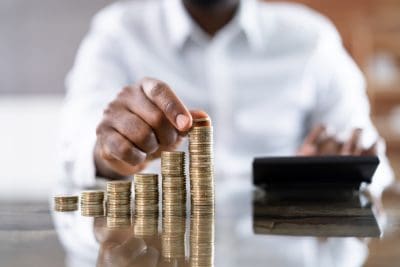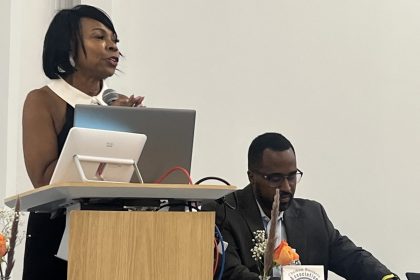
As we strive to create comfortable and energy-efficient spaces, it’s crucial to consider how we can reduce our heat and electricity bills while making our homes more eco-friendly. This pursuit of comfort and cost-savings can be particularly relevant for the Black community, where energy disparities often exist. Let us explore five do-it-yourself (DIY) home improvements that can help you keep your home cozy while reducing those energy bills.
Seal the leaks
Your home might lose precious warmth during the colder months through gaps and leaks in doors and windows. It’s essential to create a barrier between the inside and outside elements. Fortunately, sealing these leaks is a task that you can easily accomplish.
Supplies: Weatherstripping, a caulking gun, and a utility knife.
Steps:
- Examine doors and windows for gaps.
- Apply weatherstripping to seal gaps around doors.
- Use caulk to fill gaps around windows and trim.
- Ensure you replace any damaged weatherstripping and reapply caulk if necessary.
- Sealing the leaks helps your home retain heat and prevents your heating system from working overtime, saving you money and reducing your carbon footprint. This small DIY project can make a significant difference in your energy bills.
Install a programmable thermostat.
A programmable thermostat can be a game-changer when efficiently controlling your home’s temperature. For Black households that often face energy cost disparities, being able to program your thermostat to adjust temperatures based on your schedule can be a significant advantage.
Supplies: Programmable thermostat, screwdriver, and your HVAC system manual.
Steps:
- Turn off the power to your HVAC system.
- Remove your old thermostat and label the wires.
- Follow the manufacturer’s instructions to install your new thermostat.
- Program the thermostat to fit your schedule.
- With a programmable thermostat, you can lower the temperature when you’re not at home or at night when you’re snug in bed. This prevents your heating system from running unnecessarily, ultimately saving you money.
Upgrade to LED lighting
Switching to LED lighting brightens your space and significantly reduces your electricity consumption. Reducing electricity bills can make a real difference in monthly finances for many Black families.
Supplies: LED light bulbs.
Steps:
- Replace your incandescent or CFL bulbs with LED bulbs.
- Ensure you choose the right color temperature for your space.
- LED bulbs use less energy and last much longer than traditional incandescent bulbs, so you’ll spend less on replacements. Plus, they come in various color temperatures, allowing you to customize the ambiance in your home to suit your preferences.
Insulate your attic
Attic insulation is often overlooked but plays a crucial role in keeping your home warm in the winter and cool in the summer. Insulating your attic is a DIY project that can yield substantial energy savings, which is especially beneficial for the Black community looking to cut down on energy costs.
Supplies: Insulation material (e.g., fiberglass or cellulose), protective clothing, and a staple gun.
Steps:
- Start by sealing attic leaks, such as gaps around vents and pipes.
- Lay insulation material between the attic floor joists.
- Use a staple gun to secure the insulation in place.
- Add additional insulation as needed to reach your desired R-value.
- Proper attic insulation keeps your home’s temperature stable, reducing the strain on your heating and cooling systems. This results in lower energy bills and a more comfortable living environment.
Service your HVAC system.
A well-maintained HVAC system operates efficiently and keeps your home comfortable. Regular maintenance extends the life of your system and ensures that it’s working optimally, which is crucial for any household, including those in the Black community.
Supplies: None (unless you need to replace air filters, in which case you’ll need new filters).
Steps:
- Schedule an annual HVAC system inspection and service with a professional technician.
- Change air filters regularly (typically every 1-3 months).
- Keep the area around your HVAC unit clean and free of debris.
Maintaining your HVAC system ensures that it doesn’t overwork itself, which can lead to higher energy bills and costly repairs. Regular servicing also helps identify and address potential issues before they become significant problems.
These five DIY home improvements are easy to accomplish and can significantly impact your energy bills. In addition to cost savings, these improvements also reduce your carbon footprint, which is essential in today’s environmentally conscious world. For the Black community, these projects can play a crucial role in addressing energy disparities and making home ownership more affordable. So, get ready to roll up your sleeves and elevate your home’s energy efficiency while keeping it cozy and welcoming.
This story was created using AI technology.
















